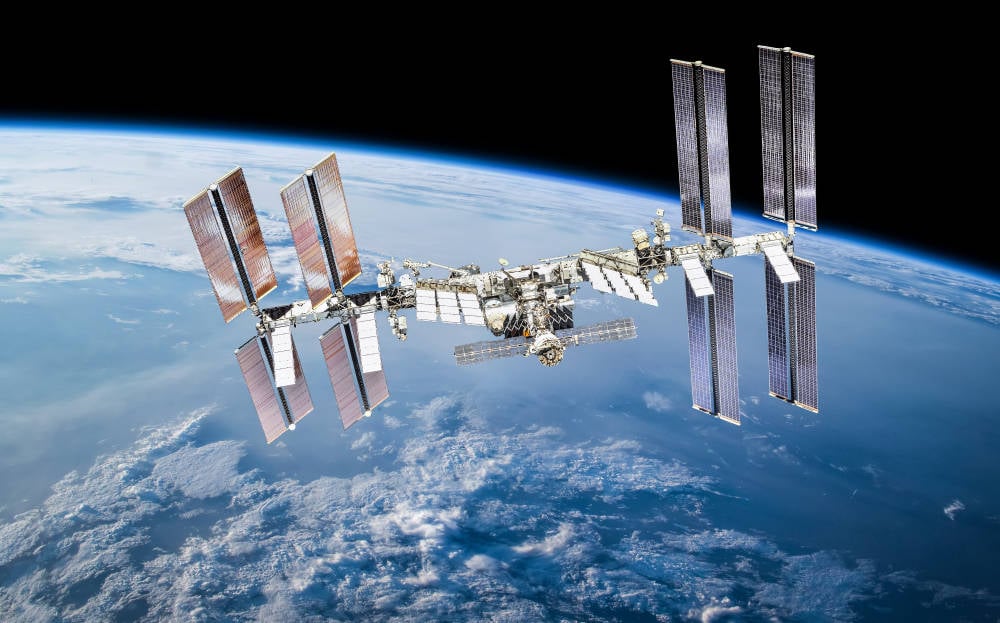
"The idea of sending moss into space came to Fujita during studies of plant evolution and development. Mosses thrive in some of the harshest environments on Earth, and can be found anywhere from the peaks of mountains to the lava fields of active volcanoes. However, the exterior of the ISS was another matter entirely. As well as wildly varying temperatures - between -196°C and 55°C - there are also high levels of radiation to deal with."
"Samples were loaded onto the Cygnus NG-17 freighter and exposed to space for a total of 283 days on a facility attached to Japan's Kibo module. The samples were then returned on a SpaceX vehicle for researchers to study. While the ISS is host to all manner of organisms within the outpost, including its crew, the exterior makes an interesting testbed to investigate just how hardy some species can be."
Moss spores, brood cells, and juvenile protonemata were sent to the exterior of the International Space Station. The juvenile protonemata did not survive, some brood cells survived, and about 80 percent of sporophyte-encased spores remained capable of reproduction after nine months in orbit. Samples experienced temperatures from -196°C to 55°C and high radiation exposure while mounted on a facility attached to Japan's Kibo module and exposed on the Cygnus NG-17 freighter for 283 days. Returned samples arrived on a SpaceX vehicle for study. Estimated survival of the encased spores could be as long as 15 years under similar conditions, though that estimate is rough and further research is required.
Read at Theregister
Unable to calculate read time
Collection
[
|
...
]